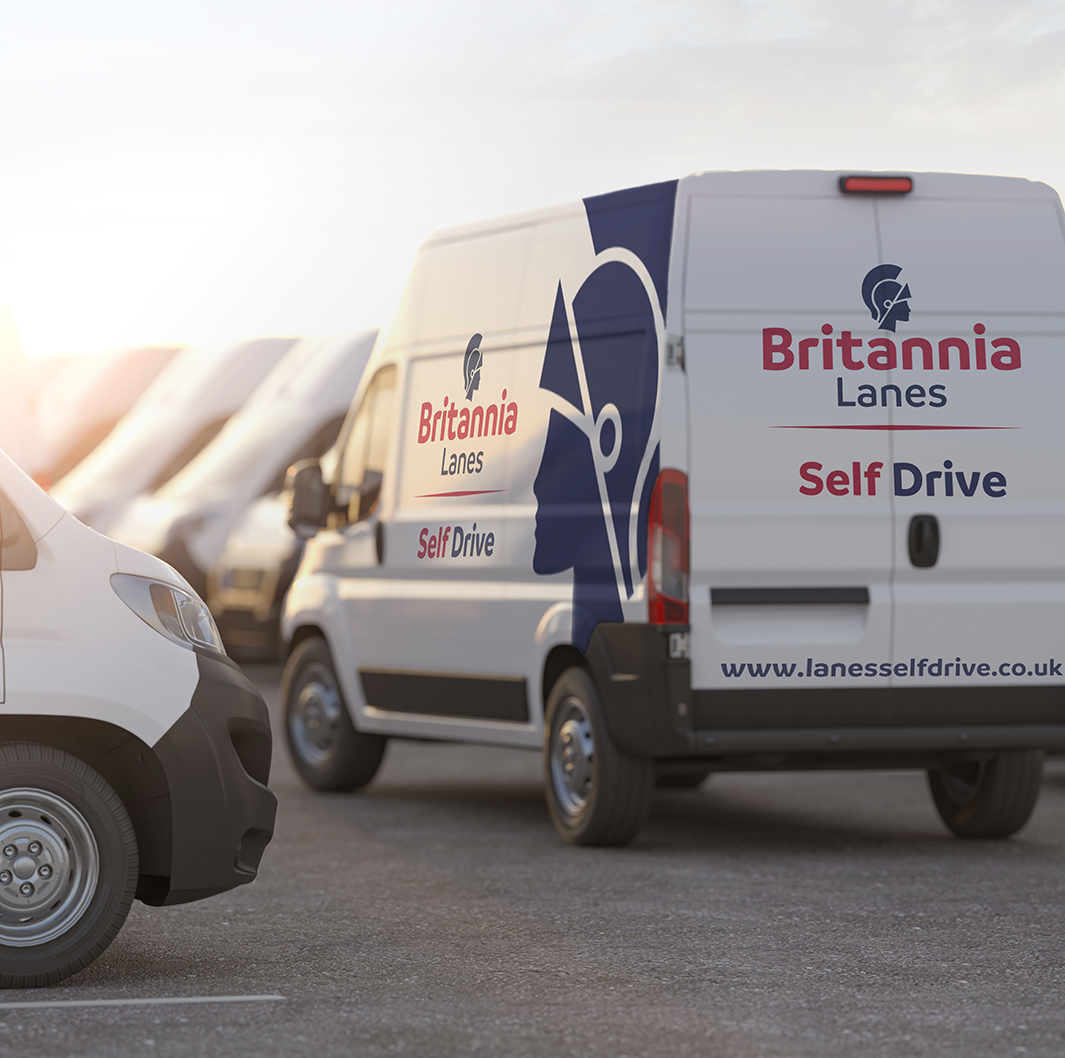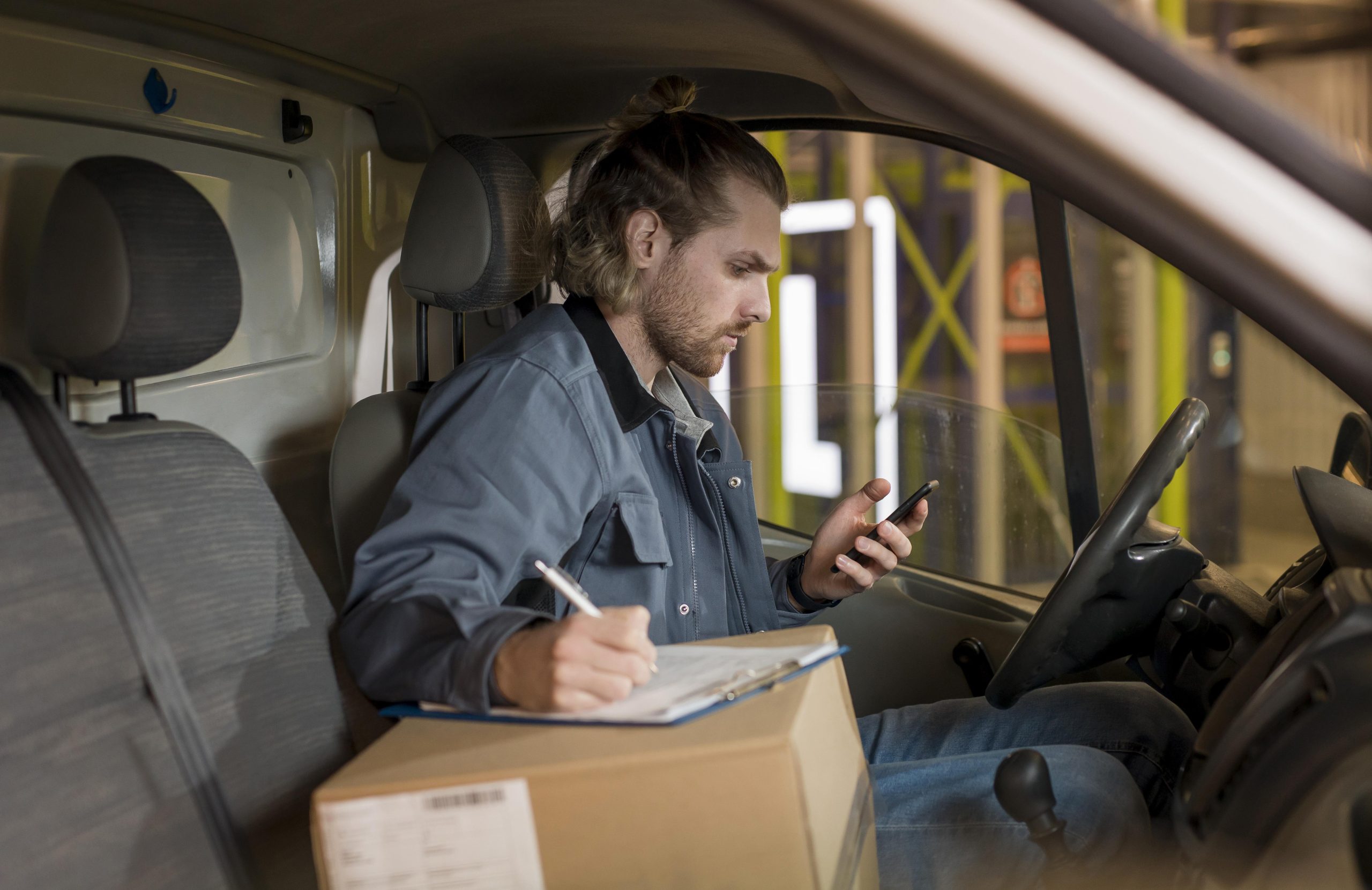Planning a long-distance move can be a little challenging, especially when you are planning on doing it yourself with a self-drive van. However, with some planning and preparation, you can make the move efficient and stress-free. This guide explores the essential steps you need to take to help you prepare for a successful long-distance move with a self-drive van:
Choosing The Right Van Hire Service
The first step that you need to take to prepare for your move is to choose the right van. The type and size of fan you choose will depend on how much you need to transport.
You will need to evaluate the size of the van based on how many belongings you have. A small van might be okay for a flat; however, for larger family homes, you may need to have a larger van that will provide you with the necessary capacity. Additionally, some van hire companies have mileage restrictions, so you need to confirm the limits before you move. When you do this, you will avoid any surprises, such as extra fees for exceeding the distance.
Lastly, you need to make sure that the van hire you choose is the right one. Long-distance moves often take longer than expected, so make sure you check that there is an option to extend your rental period if you need to. Before you collect your hired van, you must organise some paperwork.
In the UK, most van hire services require:
- A valid driving licence. Most UK licenses will cover vans up to 3.5 tonnes, but you can confirm with your van hire company.
- Proof of address, usually a bill.
- A deposit for the van hire will normally be refunded once the van is returned undamaged.
Planning The Route
You need to plan your driving route when you are moving. When long distances are involved, knowing the right path can save you time, reduce stress stress, and make driving more efficient.
Think about using a GPS navigation or a reliable MAP service so that you can take the safest and quickest route to your destination. Have a look at any road conditions or planned road closures, and if possible, avoid driving during peak hours. This is particularly important if you are driving a larger vehicle as if you are not used to it, it might be difficult to manoeuvre in traffic. If you are going to be driving extended journeys, make sure you allocate time for rest breaks and refuelling.
Pack Your Belongings Efficiently
The way that you pack your belongings is an important part of completing a long-distance move yourself. You need to ensure you are using sturdy boxes and packing materials to protect your belongings. .Fragile items such as glassware and electronics should be well wrapped with protective padding or bubble wrap. You should also make sure you clearly label your boxes so that they can be handled with care when you are loading and unloading. Make sure you pack the van mindfully so heavier items are loaded at the bottom to create a stable base, and then the lighter items are on top. When you do this, you are making sure you are protecting your belongings during your drive.
Prepare For The Drive
A long-distance drive can be tiring; therefore, it is important to make sure you are mentally and physically prepared.
You need to be well-rested before you set off, especially if you aren’t sharing the driving duties. You will find that driving a van requires you to be more focused, and you may get tired more quickly. Dress in comfortable clothing for the journey, and make sure you bring some snacks and water. If you aren’t used to driving a van, it is worth noting that they manoeuvre completely differently from a car, so you may need to practice first.
Managing Your Budget And Fuel Costs
Fuel can quickly add up when you are on a long-distance move; therefore, you need to be mindful of this. Before you start your journey, you need to think about how much your fuel is going to cost you. Research the efficiency of the van you are hiring and use the mileage to your new home to create an estimate of the fuel cost.
If you need to refuel on the trip, try to plan stops that avoid motorway services, as these can often be more expensive than a standard petrol station. Most hire van hire companies will provide the van with a full tank but also expect it to be refilled before you return it. It’s worth asking this question before you hire.
Arriving And Unloading
When you reach your destination, you need to unload the van. If you want to make this run as smoothly as possible, you need to be prepared with a plan.
Make sure you know where it’s ok to park, especially if you are moving to a busy area. If you can, have help on hand for when you arrive. Unloading the van can be tiring; therefore, getting some help after a long day of driving can reduce the physical strain on your body.
Returning The Van
After you have completed your move, the last thing you need to do is to return your van to the hire company. Most van hire services will have a simple returns process, but there are a few things to keep in mind.
Before you return your van hire, make sure it is clean, and you have removed any rubbish. Check for any damages, and if needed, top it up with some fuel. Make sure all the relevant paperwork is in order and return your van hire on time.
Conclusion
Getting ready for a long-distance move with a self-drive van requires a plan; however, it can be managed and cost-effective. From choosing the right van hire service to planning your driving route, every step in this guide will help you to have a smooth move.
With this guide, you can easily take control of your long-distance move. A little preparation goes a long way to making moving less stressful.




